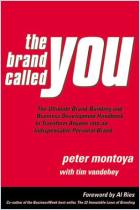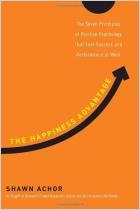
The Business Romantic
Give Everything, Quantify Nothing, and Create Something Greater than Yourself
ISBN: 9780062302519
Pages: 320
Read or listen offline
Recommendation
Adventure. Mystery. Suspense. You don’t usually associate these words with commerce. Confirmed “business romantic” Tim Leberecht suggests that’s why workers are discontent. Many contemporary companies have eliminated emotion, ambiguity and sacrifice from the marketplace. Yet, deprived of a romantic quest for goals greater than profit, people may find that their work lacks meaning. Leberecht, chief marketing officer for the design firm NBBJ, suggests ways to nurture workplace passion, whimsy and beauty by using 10 “Rules of Enchantment.” His treatise is not a how-to; it’s a poetic meditation on the need for Byronic intensity amid financial transactions. At times, Leberecht waxes so poetic that he’s a little hard to parse. Even though he touts obscurity as a desirable value, he’s most persuasive when he’s talking, as usual, clearly and candidly. getAbstract recommends his off-the-beaten-path, thought-provoking approach to educators, entrepreneurs, consultants, executives who’d like to add a dash of romanticism to their companies and anyone who feels their work lacks it entirely.
Take-Aways
About the Author
Tim Leberecht serves as chief marketing officer of the design and architectural firm NBBJ. He is a two-time TED speaker and writes regularly for Harvard Business Review, Forbes, Fast Company, Wired, and other publications. Leberecht serves on the Values Council of the World Economic Forum.

















Comment on this summary or Comenzar discusión